Volunteer Barley
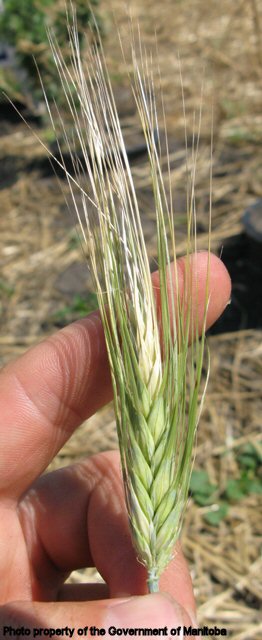 click to enlarge |
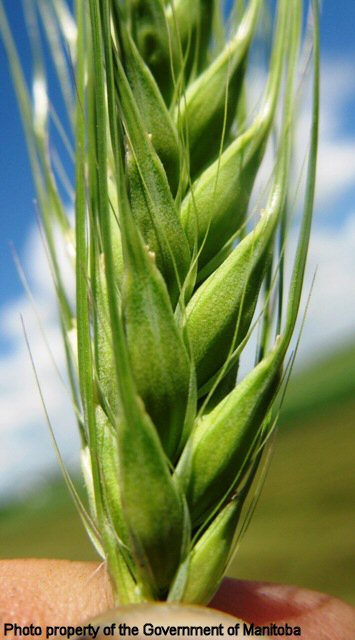 |
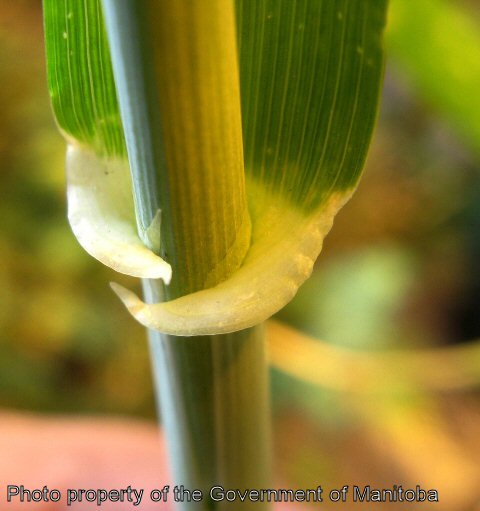 |
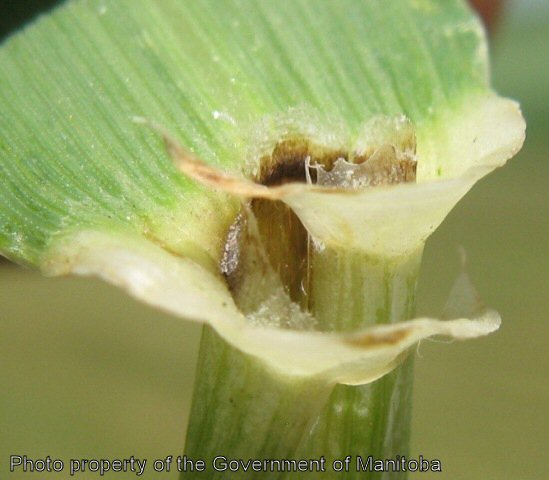 |
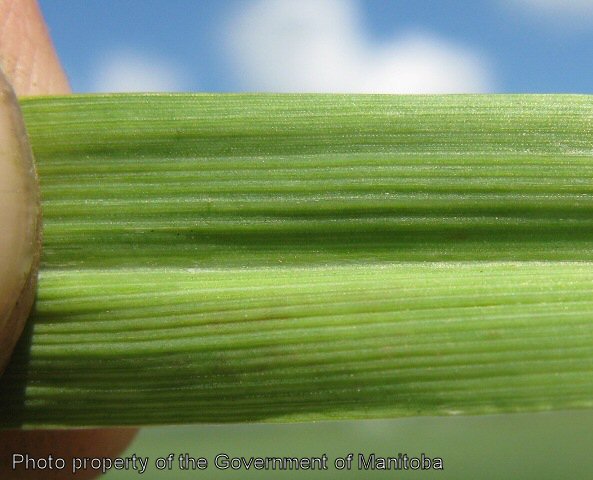 |
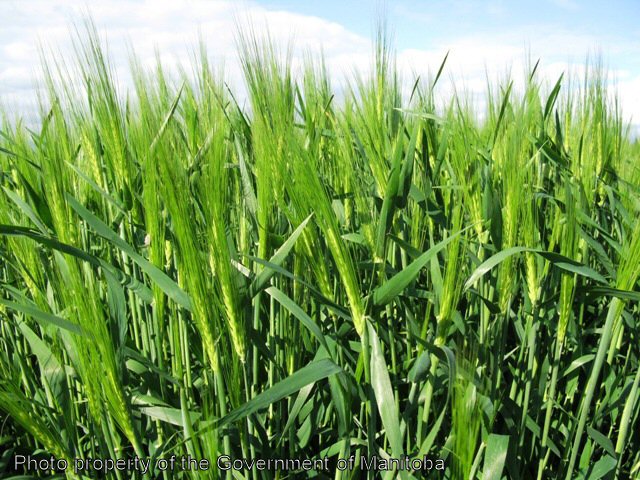 |
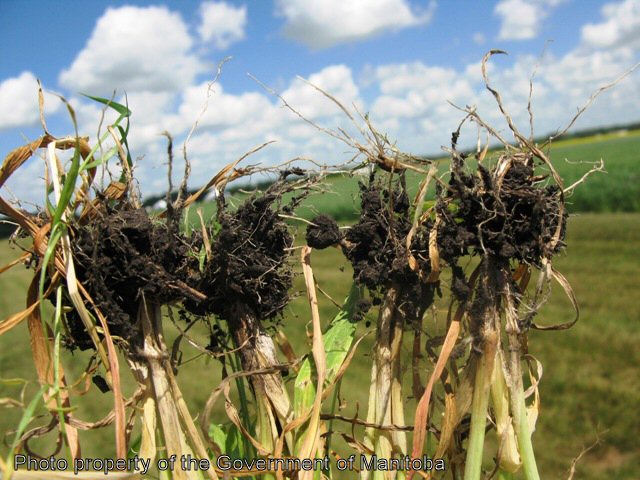 |
Biology
An annual weed, reproducing by seeds. The stems are smooth. Plants may consist of many tillers. The leaf blades are wide and smooth. A membranous ligule is present. Large whitish auricles are also present at the collar and clasp the stem. The flowers occur in a spike. The seeds are white to yellowish in colour, approximately 8 mm long x 4 mm wide and taper toward the ends.
Scouting Techniques
Take a minimum of 20 weed counts across the field. Frequently scout crops sown into barley stubble for infestations of this weed. Barley seeds have no innate dormancy and so infestations are rare two to three years after barley is grown.
Effects On Crop Quality
Reduces the yields of many economically important crops because it is highly competitive.
Threshold/Yield Loss
Yield losses of up to 10-30% have been reported in rapeseed with weed densities of 30 plants per square meter (sq. yd.). Yield losses can be higher with increased volunteer densities of up to 200 plants per square meter (sq. yd.).
Reductions in flax shoot biomass and yield have also been reported. Found to reduce yields more than volunteer wheat.
Control Tips
- Group 9 in herbicide tolerant crops
- some Group 1 herbicides
- Group 3
- multiple flushes are rare so slightly delayed seeding after a burn-off of initial flush may give good control.
